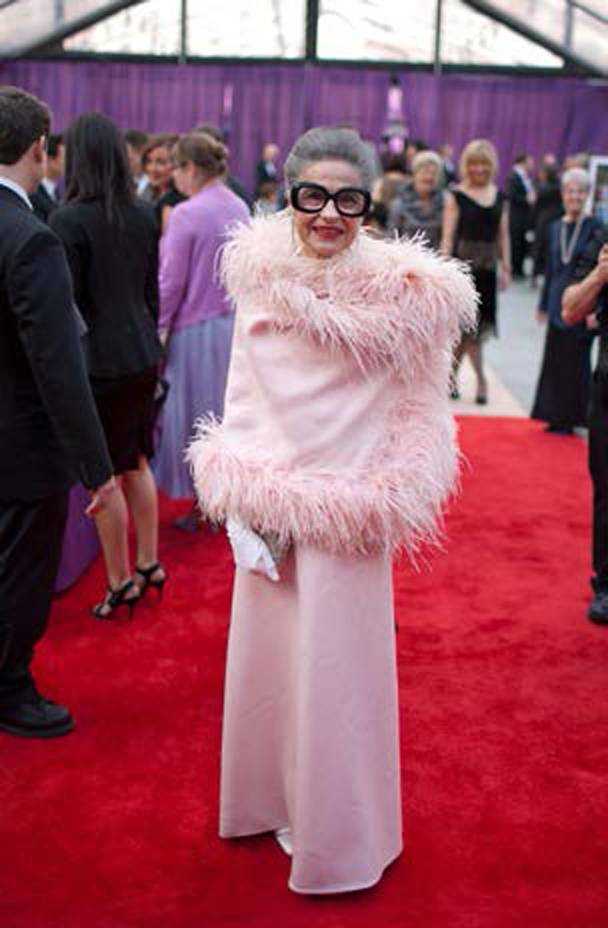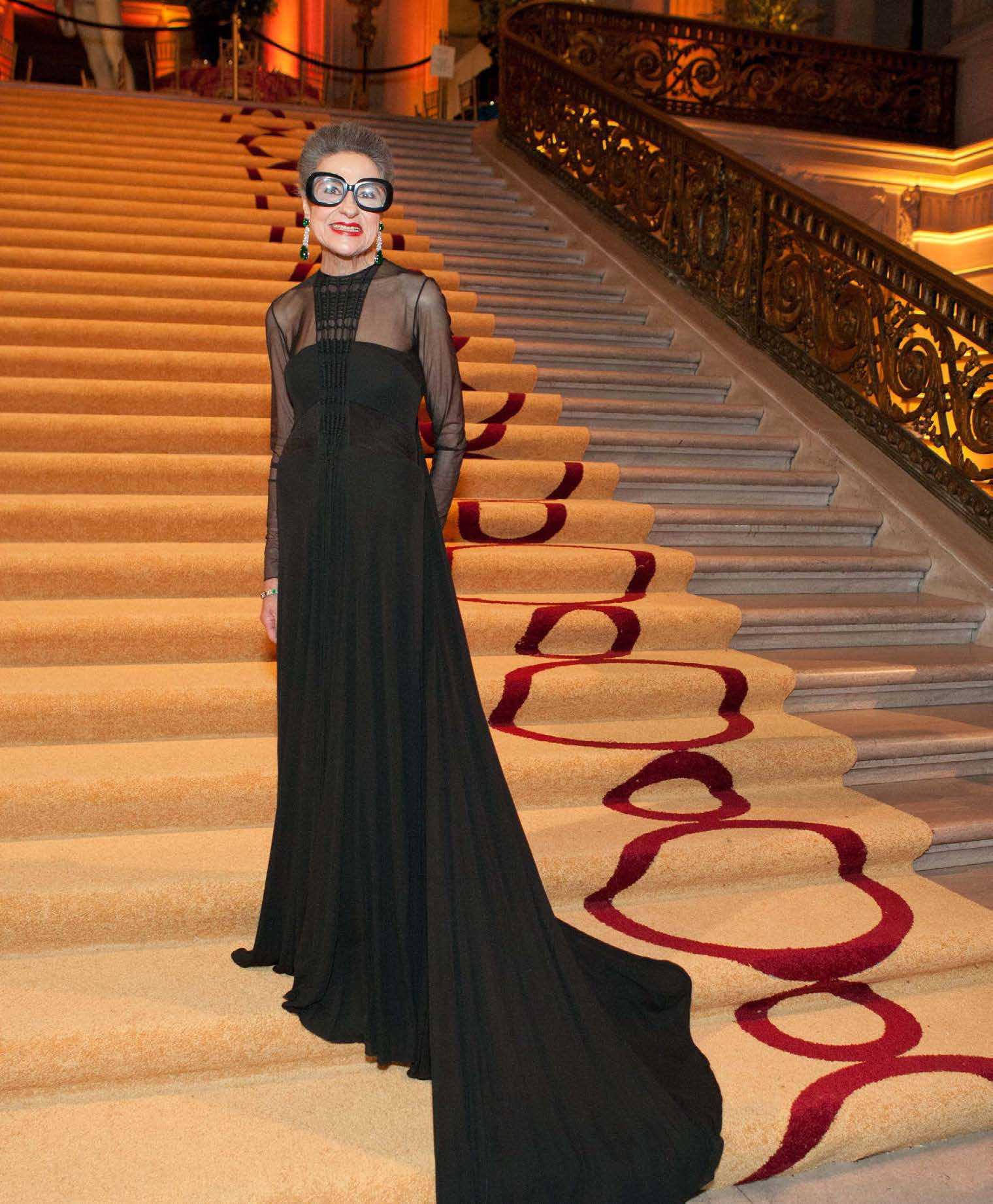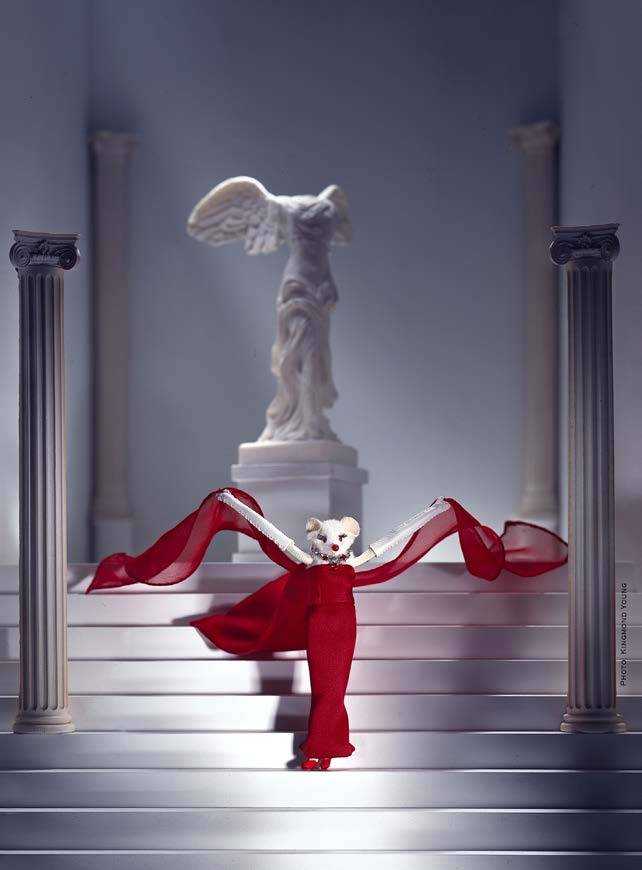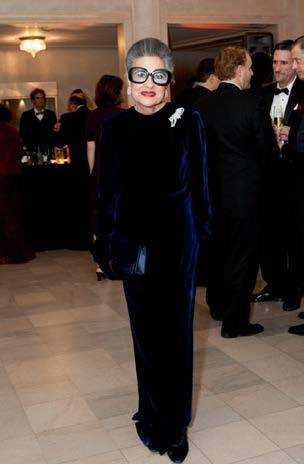Joyous World: Joy Venturini Bianchi’s Charitable Spirit
As refined and compassionate as she is determined and tough, Joy Venturini Bianchi fuses philanthropy and style like few others in San Francisco can. To call the petite fashion plate a local living legend is not hyperbole considering all she does to help the developmentally disabled through her charity Helpers.
Born and raised in her mother’s native San Francisco, she’s never visited her father’s birthplace of Italy. “I’m well-traveled in the soul, but not in the outside world,” she said without a hint of regret or boastfulness. Growing up in the Marina, she had a tremendous crush on Saint Vincent de Paul, a French priest of the Catholic Church who dedicated himself to serving the poor.
“I used to go to church every morning and there was that statue of St. Vincent DePaul,” said Venturini Bianchi, who attended St. Vincent de Paul School and later married at St. Vincent de Paul Church. “And then they showed me a French movie called Monsieur Vincent. That just did it for me. He had a great influence in my life.”
[highlight_text] Despite battling cancer, Venturini Bianchi continues to give her all to the charity so that those who are developmentally disabled can have state-of-the-art wheelchairs, reconstructive surgery and other benefits. [/highlight_text]
Her humanitarian spirit blossomed at Convent of the Sacred Heart in Pacific Heights. At the mere age of 14, she began working with developmentally disabled children, then called mentally retarded, through Helpers of the Holy Innocence. Once a week she accompanied the nuns to visit the poor on Pixley Street, where she saw rats in the basements of homes. After graduating from San Francisco College for Women, she worked in the social work department at the University of California Medical Center but stayed involved with Helpers of the Holy Innocence. When the organization needed a new Director, Venturini Bianchi was hired. That was 1962. A year later, she opened Helpers’ first home at 2626 Fulton Street.
It was there that six developmentally disabled women received another chance. The first female to move in had lost both of her parents, arrived from a foster home, had been physically molested, mentally abused and put in the juvenile court system. “She was the person who spurred this home to become this wonderful place,” Venturini Bianchi said.
Eventually there would be three Helpers homes that simultaneously took care of 18 men and women daily. Venturini Bianchi didn’t just provide a bed and meals. The residents were afforded the same life she enjoyed.

Interior decorator Eleanor Ford and antiquarian Bernard Stout outfitted the bedrooms using the favorite colors of the residents, some of who lived at the home until theirs 60s and 70s. Only fresh produce was served and the residents reviewed the book Tiffany’s Table Manners for Teenagers before going out to dinner. Wilkes Bashford dressed the men in his shirts and cashmere sweaters. The women wore clothes from I. Magnin. Nothing was too good for Helpers’ residents, who frequented museums, went to the opera and symphony, ran errands to FedEx, learned to read and write and became known in the community.
Most importantly, they developed crafting skills which they used to make Christmas gift tags from used Christmas cards and Christmas ornaments that eventually went on display in windows at Tiffany’s, Cartier, Givenchy, Bulgari and Van Cleef & Arpels. Their creations were sold only in Ghirardelli Square, which since 1966 has generously provided rent-free space to Helpers Bazaar. The residents greeted customers in the store and proudly showed off what they made. One day Venturini Bianchi had an aha moment when she realized those with developmental disabilities frightened people in the same manner mice did. She chose to show off both and had top designers, including Oscar de la Renta, Diane von Furstenberg, Manolo Blahnik and Ralph Rucci, create fashions for mice dolls now on display at the Bazaar known as Home of Mouse Couture.
While Helpers Bazaar buzzes with longtime, loyal shoppers today, the three homes closed one by one as good help became harder to find when more women opted for non-traditional careers. However, Venturini Bianchi maintains the properties and plans to reopen the homes. One was turned into Helpers House of Couture, which offers designer clothes donated by San Francisco’s grand dames, international royalty, New York socialites and others. One hundred percent of sales from both the Bazaar and Helpers House of Couture go to charity.
Divorced in 1976 after 16 years of marriage, the mother of two altruistic daughters considers Helpers her third child. She’s busy planning a lavish Helpers celebration in Fairmont hotel’s Gold Room on October 5 to deliver a strong message. “It’s going to be you people who are alive when I’m gone that are going to be accountable when those homes open to be on the Board of Directors and to be on the staff, so that these people live the life that was first created for them,” she said.
Despite battling cancer, Venturini Bianchi continues to give her all to the charity so that those who are developmentally disabled can have state-of-the-art wheelchairs, reconstructive surgery and other benefits. She quoted her mentor L’Arche founder Jean Vanier, “There are moments of grief and disappointment that are like rough and painful times of pruning so that there might be more life,” then added her own ending, “life for what I live to do every moment — and that’s Helpers.”















